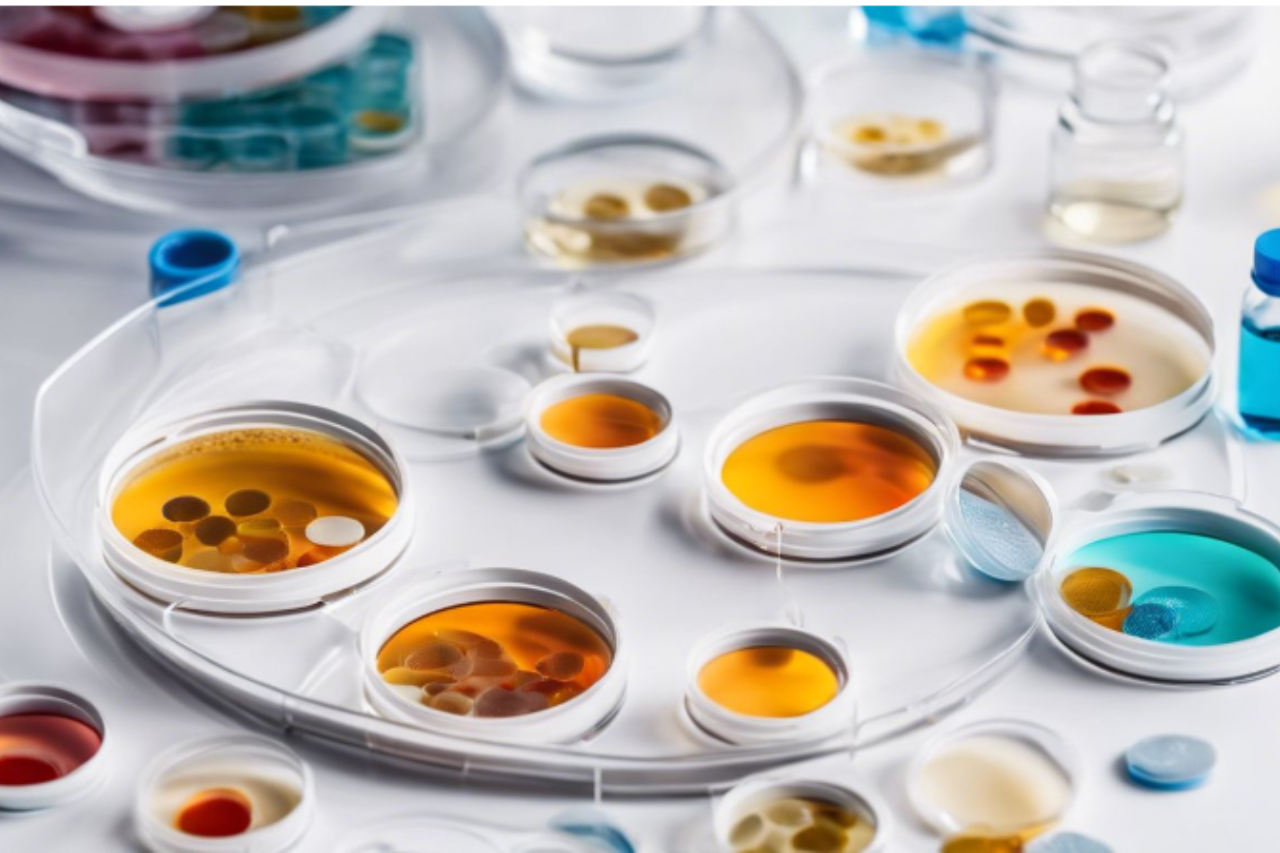Understanding the strength of an antibiotic is a vital step in fighting infections effectively. Without precise potency measurement, treatments can falter, resistance can grow, and patient outcomes can worsen.
Drawing upon years of experience within pharmaceutical microbiology, I bring to light the critical aspects of antibiotic potency testing – a keystone in ensuring medications work as intended.
This expertise roots from extensive laboratory practice and research study on how these tests safeguard public health by validating the effectiveness of these life-saving drugs.
Antibiotic Potency Testing encompasses various methods including the Diffusion (Cylinder-Plate) Method endorsed by stringent pharmacopoeial standards such as USP, BP/EP, JP. It’s a classic technique renowned for its ability to reveal the minimum effective concentration necessary to impede bacterial growth – an essential parameter for successful treatment regimens.
The forthcoming insights will unveil this method’s intricate dance with microbial adversaries; it’s not just about knowing if our antibiotics are strong enough but also understanding why they must always measure up to exacting benchmarks—ensuring safety and efficacy across global health landscapes.
Let us delve into this microscopic battlefield..
What is Antibiotic Potency Testing?
Antibiotic potency testing is a crucial process used to determine the strength and effectiveness of antibiotics. It involves measuring the ability of an antibiotic to inhibit the growth of specific microorganisms, providing essential information for drug development and quality control in pharmaceutical microbiology.
Definition
Antibiotic potency testing checks how strong and effective antibiotics are. This process finds the right dose that can kill or stop bad microbes from growing. It’s like a tiny battle where we see which antibiotic can take down the bugs that make us sick.
Scientists measure this strength to fight off super tough germs that don’t want to go away.
Knowing an antibiotic’s potency is key. It helps doctors choose the best medicine for people who are ill. Without these tests, using antibiotics could be guesswork, and no one wants guesses when it comes to health!
Importance of Antibiotic Potency Testing
Getting the strength of antibiotics right is vital. Our work matters because it stops people from getting sick with infections that drug-resistant bugs cause. Testing antibiotic potency helps us find out if drugs can fight off these tough germs.
We make sure each batch of medicine is strong enough to do its job well.
We also use these tests to keep an eye on how well antibiotics work over time. This lets us spot when a germ starts to resist a drug’s power, which can save lives. Drug resistance monitoring guides us in picking the best treatment options for patients who need help fighting off infections.
Using an Antibiotic Zone Reader for Potency Testing
The diffusion (cylinder-plate) method outlined by the USP, BP/EP, and JP involves measuring inhibition zones to determine antibiotic potency. An Antibiotic Zone Reader is a vital tool in this process, providing accurate and efficient measurements for the assessment of antibiotic bioactivity.
Diffusion (Cylinder-Plate) Method USP, BP/EP, JP
Doctors and scientists use a special test to check how strong antibiotics are. This is important because we need to know if the medicines can stop germs from growing. One way they do this is by putting little round plates with bacteria in them on a table, then adding tiny amounts of antibiotics into small tubes sitting on the plate.
They leave it all alone for a while.
Once enough time has passed, they look at the plates to see how much space around each tube has no bacteria – that’s where the antibiotic stopped them from growing. The bigger that clear space is, the stronger the medicine might be.
But they have to measure it just right using something called an antibiotic zone reader, which helps tell them how well different antibiotics work against different germs following rules set by big science groups in America, Europe, and Japan.
Measuring Inhibition Zones
- Scientists put a little cup with antibiotic into an agar plate.
- Bacteria grow on this plate but not where the antibiotic is strong.
- A clear ring, or zone of inhibition, shows around the cup if bacteria stop growing.
- They measure this clear ring to learn about the antibiotic’s power.
- The bigger the ring, the stronger the antibiotic against those bacteria.
- This test is called the Kirby – Bauer disc diffusion method and it’s quite popular.
- Microbiologists use a special tool called an antibiotic zone reader to see these zones well.
- The zone reader gives exact numbers that say how big each clear ring is.
- Accurate measures tell doctors which antibiotics are best for treating infections.
- Making sure these tests work right keeps antibiotics helpful in curing diseases.
Introducing the New Automatic Antibiotic Zone Reader
In the realm of pharmaceutical microbiology, ensuring that antibiotics deliver their promise against menacing microbes is a matter of global urgency. I bring over a decade of experience from the frontline trenches of drug development to this pressing discussion; each day reveals how vital it is to measure antibiotic strength precisely.
At the heart lies antibiotic potency testing a critical safeguard for patient health and pivotal in our battle against resistant pathogens.
The diffusion (cylinder-plate) method, sanctioned by rigorous standards like USP, BP/EP, and JP, emerges as a stalwart tool in verifying an antibiotic’s might. This introduction paves the way to demystify this method’s role in certifying medicine efficacy.
We stand at the threshold where scientific rigor meets clinical necessity – let us explore these insights together for they hold keys to saving lives tomorrow. Read on; discover how precision can redefine healing..
Conclusion
Knowing how strong antibiotics are helps us use them the right way. We call this the antibiotic potency test, and one method uses plates and cylinders. It’s important for making sure drugs work well against germs.
Scientists can now do this faster with new machines that meet strict rules. This keeps our medicines safe and fights drug resistance.


